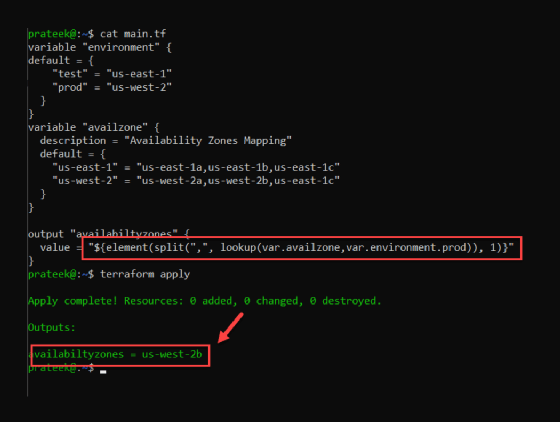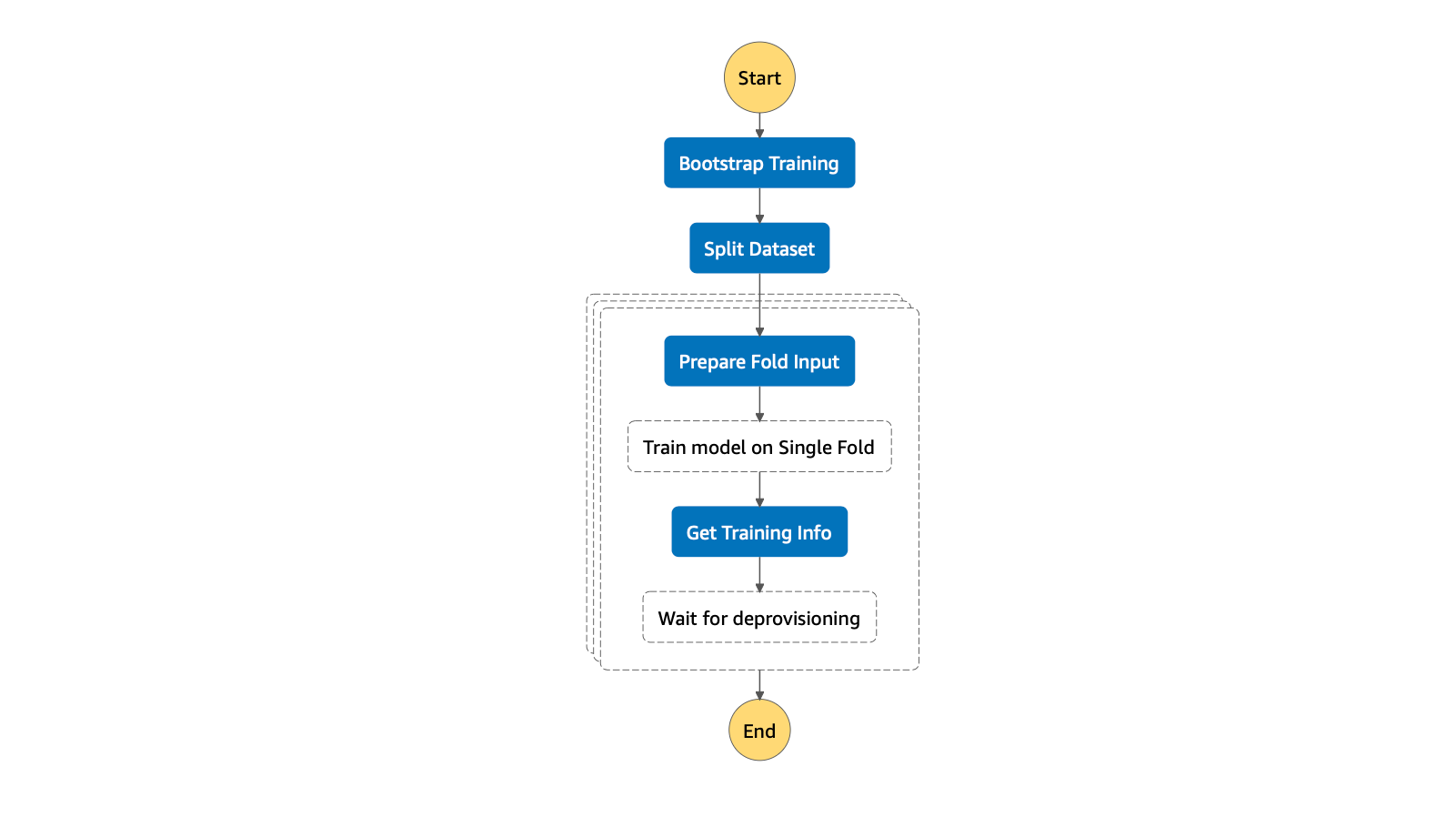
It is a conditional function which we can be used to test for the date formats whether, it contains a date according to specified date formats or not. If no such match is found, the last parameter will be returned. The alt function returns the first of the parameters that has a valid number representation. 'Q'& Ceil ( Month (Date) /3) AS Quarter, Month (Date) as Month,ĭate # ( ) as convert_Number, Product, Sales, Time FROM Syntax: Year (Date Field) as New Field Name, ‘Q’& Ceil (Month (Date Field)/3) AS New Field Name, Month (Date Field) as New Field Name, Week (Date Field) as New Field Nameĭate ( Date,'DD/MMM/YYYY') as NewDateFormat, Suppose, if we have a date field, and if we need to calculate yearly sales growth, quarterly sales growth, monthly sales growth and weekly sales growth, we need to get Year, Quarter, Month and Week, which we can get it from the ‘Date’ field itself, by following the below provided syntax. Year, Quarter, Month and Week to Date are the common analysis that I have seen in many applications…. Year, Quarter, Month and Week Conversion from the Date: Syntax: Date# (Date Field name) as new field name.ĭate # ( ) as ConvertDate_NumberĮxample with Screen Shot: LOAD Date, Date ( Date,'DD/MMM/YYYY’) as NewDateFormat,ĭate # ( ) as ConvertDate_Number,

Usually, we can use Date# function for converting “String to Number Format”.ĭate# () Function can help the QlikView to interpret the date to Correct date format, as in, it will convert all the dates into numeric values.īy using the Date () Function, we can convert this number values to required date format. This interpretation function uses the textual value of the input and converts this into number. It is one type of ‘Interpretation’ function.
ROLE MODELS SCRIPT TIMESTAMP CODE
If the format code is omitted, the default date format set in the operating system is used. The date# function evaluates the expression as a date, according to the string given as format-code. ( ooxml, embedded labels, table is Sheet1) Syntax: Date (Date Field name, ‘format you want’) as new field name.ĭate ( Date,’DD-MMM-YYYY’) as NewDateFormat Example with Screen Shot: LOAD Date, Date( Date,'DD-MMM-YYYY’) as NewDateFormat, See the Syntax and Examples below along with Screenshots. And, it is used to change the integer values records to date format.


Few of the main Date Functions along with Simple Examples and Screenshots: Date Function:ĭate () function is used to change the date format of date field to another format like (MM/DD/YYYY, MM.DD.YYYY, MM-DD-YYYY, JAN-DD-YYYY, DD.MM.YYYY, DD/MM/YYYY, DD-MM-YYYY, DD-JAN-YYYY) as per the client requirement. Based on the requirements given by clients, we can show them important analysis for the Sales Growth, Profit, Loss, Cost Efficiency etc.
ROLE MODELS SCRIPT TIMESTAMP HOW TO
In this blog I will explain the importance of Date Functions and how to use them, with some example for easy understanding. In different technologies, Year wise and Period wise analysis plays a major role for monitoring the business growth. Sets this class's object to indicate a point in time (milliseconds) after Janu00:00:00 GMTĬoverts the Timespan object to an Instant which represents the same point on the time-line as this TimestampĬonverts this Timespan object to a LocalDateTime which represents the same date-time value as this TimestampĬonverts the Timespan object in JDBC timestamp escape formatĬonverts the string object to Timestamp value or obtains an instance of Timestamp from a LocalDateTime object.In the present competitive world, all organizations are showing an interest in Business Analytics by using different technologies like QlikView, QlikSense and Tableau etc. Sets a nanos value for the specified integer value Returns a hash code value for this object

Returns the number of milliseconds since January 1, 1970, 00:00:00 GMT Obtains an instance of Timestamp from an Instant objectįetches the Timestamp object's nanos value Returns a Boolean value true if this Timestamp object is equal specified object or to the given Timestamp object. Returns Boolean value true if this Timestamp object comes earlier than given Timestamp object.Ĭompares this Timestamp object to the given Timestamp object or to the given date object Returns Boolean value true if this Timestamp object comes later than given Timestamp object. It also adds the ability to hold the SQL TIMESTAMP fractional seconds value. Timestamp provides formatting and parsing operations to support JDBC escape syntax.


 0 kommentar(er)
0 kommentar(er)
